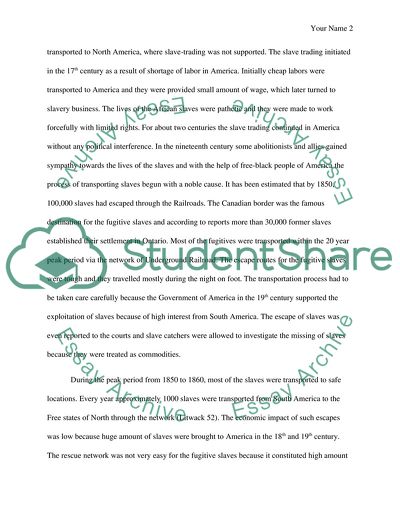Cite this document
(Slavery and the Underground Railroad Report Example | Topics and Well Written Essays - 1500 words, n.d.)
Slavery and the Underground Railroad Report Example | Topics and Well Written Essays - 1500 words. https://studentshare.org/history/1847319-the-underground-railroad
Slavery and the Underground Railroad Report Example | Topics and Well Written Essays - 1500 words. https://studentshare.org/history/1847319-the-underground-railroad
(Slavery and the Underground Railroad Report Example | Topics and Well Written Essays - 1500 Words)
Slavery and the Underground Railroad Report Example | Topics and Well Written Essays - 1500 Words. https://studentshare.org/history/1847319-the-underground-railroad.
Slavery and the Underground Railroad Report Example | Topics and Well Written Essays - 1500 Words. https://studentshare.org/history/1847319-the-underground-railroad.
“Slavery and the Underground Railroad Report Example | Topics and Well Written Essays - 1500 Words”. https://studentshare.org/history/1847319-the-underground-railroad.


